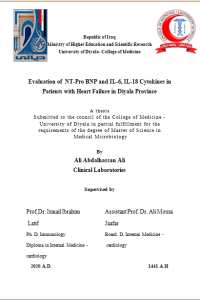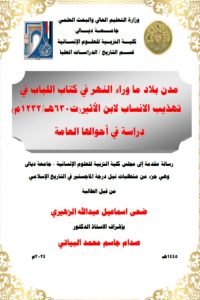Abstract
Children's literature is defined as any written and productive material which is intended to provide children with information, instruction, and entertainment. The purpose of children's literature is to enlighten, educate, and implant morals in children. Children's literature arouses out of the world folklore like folk and fairy tales that were transmitted orally from generation to generation.
Chronologically, children's literature came through prominent eras. These eras include the Classic Period, in which the epics and fables of Aesop about the Greek and Roman were retold to children, the Middle Ages which was characterized by religious stories from the Bible for enlightening children, and the Renaissance period during which the first educational textbook was published by Newbery. The focus was on moralistic education through the amusement. The 18th and early 19th Century periods are considered the beginning of children's literature as an independent genre. At that time, the most famous children's authors like Charles Perrault in France, the Brothers Grimm in Germany, and Hans Christian Anderson in Denmark, through their well-known fairytales, laid the foundation stone for this type of literature.
The 20th Century witnessed the rise of new realism, adventure, and fantasy stories like The Lord of the Rings (1954), round characters, the ideology of childhood, and studying the internal psychology of childhood. Besides, great interest in animation is focused on during the current century as a medium to convey morals through which to children beyond entertainment.





